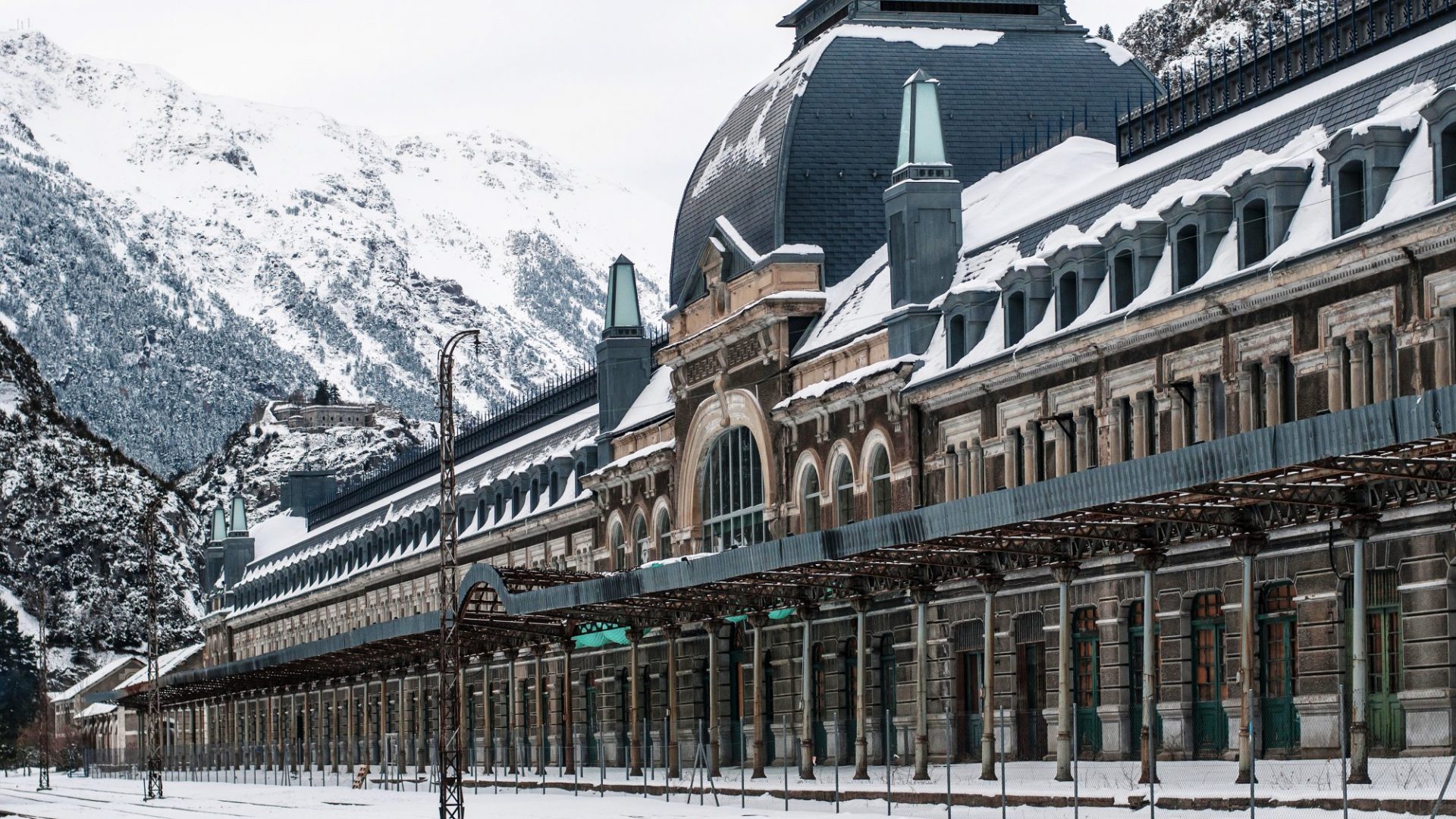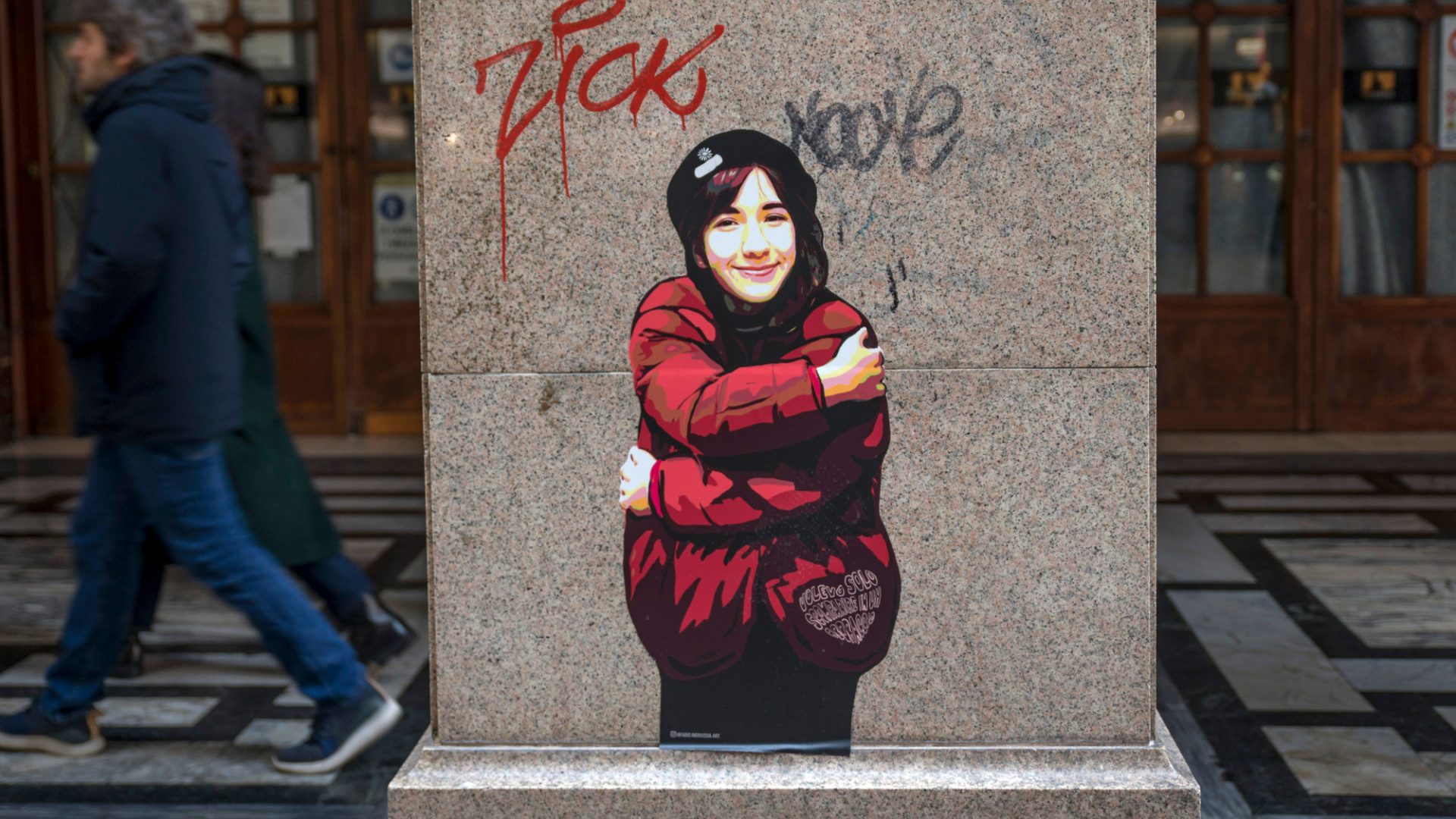For more than a century, the Somport railway tunnel has connected France and Spain under 800 metres of solid Pyrenean rock. It was opened with great pomp back in 1928, but since a rail accident in 1970, no train has run along its 8km track.
That doesn’t mean it hasn’t been busy. Since the 1980s, teams of European scientists have been working here, deep under the mountains, in the calm of a subterranean “cosmic silence”.
“The deeper you go down, the fewer high-energy particles from the cosmos get through the rock,” explains Carlos Peña Garay, director of the Canfranc Underground Laboratory.
That filtering out is vital as these scientists search for two things easily hidden in the blitz of particles you get above ground: dark matter and neutrinos.
The latter may be too small to detect except with the most sensitive equipment, but could hold the answer to a very big question: why we – and everything else – are, rather than aren’t.
As Peña Garay explains, it was touch-and-go at the dawn of time between existence and non-existence, as matter faced off against anti-matter. Just a tiny advantage held by being, rather than nothingness, was – thankfully – enough to tip the balance.
“Why though?” asks Peña Garay. “Why did the universe decide one way and not the other?”
Deep beneath the high peaks of the Pyrenees, the tunnel laboratory’s cosmic silence seems an appropriate place to ask such lofty existential questions.
Indeed, Somport has often been a place of weighty matters, being not just a link between France and Spain, but also between war and peace, life and death.
During the Spanish civil war, the tunnel was captured and blocked off by Franco’s pro-fascist forces. Then, during the second world war, it became an escape route for thousands fleeing Nazi-occupied Europe for neutral Spain.
The painters Max Ernst and Marc Chagall were among them, along with tens of thousands of Jews, aided in their escape by the local station master – among others – who worked for the resistance.
Tons of vital war materials were also shipped in the other direction by Franco’s dictatorship, paid for in Nazi gold, much of it looted.
Spies and diplomats also used the tunnel, sometimes rubbing shoulders at the giant Canfranc International railway station that lies at its Spanish end. The station still stands, dwarfing the neighbouring town of Canfranc.
Driving up to it recently along a beautiful, twisting valley from Jaca, it’s like discovering St Pancras station in a remote Highland village.
A major crossing point for international traffic between Paris and Madrid before air travel, French trains would arrive on one side and wider-gauge Spanish trains on the other. Passengers would transfer through the building to the other train before resuming their journey.
When the tunnel closed in 1970, the building was largely abandoned. The photographer and tour operator Matthias Maas, who first visited the station back in 1996, recalls: “There was a penetrating smell of mould. The rain was dripping everywhere from the roof, which was full of holes, and there were some people living in the attic on the Spanish side, too, with the stairs smelling strongly of urine.”
Despite everything, though, “This special place with its strange silence always drew me back,” he says.
Maas returned – again and again – to photograph this astonishing building, posting the results on his website, Canfranc.eu. Nowadays, it’s a luxury hotel.
Outside, the pure Pyrenean air mixes with the scent of thousands of pine, beech and birch trees planted a century ago to stop avalanches burying the station. The aroma is dizzying.
And then there is the laboratory. “People sometimes ask if we’re looking for lost Nazi gold,” says Peña Garay. “I tell them we’ve already found it – the gold is this fantastic laboratory, where we collaborate with scientists from all over Europe and the world.”
Right now, one of their projects is to look at the impact of cosmic rays on cell structures. This research is vital to understanding how protracted periods in outer space might affect astronauts.
“By going deep underground, we’re studying how to be safe way up in the cosmos,” concludes Peña Garay.
Jonathan Gorvett is a freelance journalist and writer



